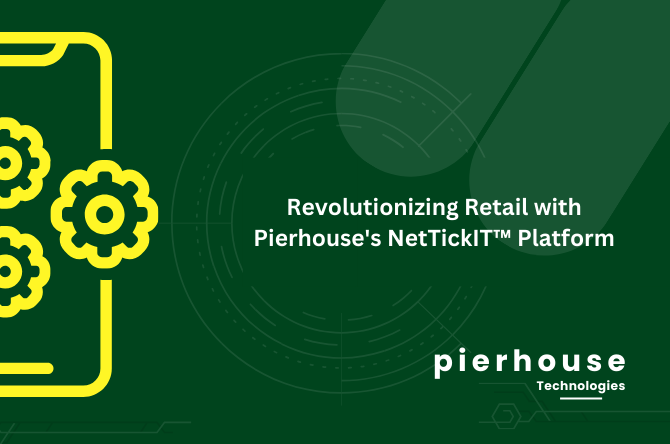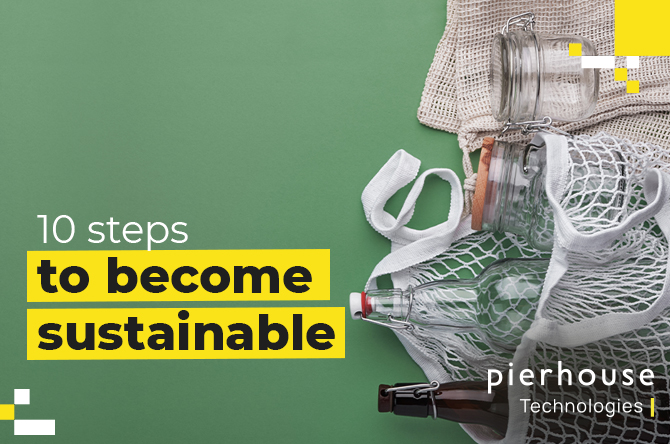The retail market is an extremely competitive arena with so many businesses fighting for the consumer pound. So what can retailers do to stay relevant and win the lion’s share of spend?
Changes in retail model
Retailers have been learning the hard way that it is no longer a one size fits all model. Today’s consumers are much more technology savvy than before and armed with so much information at their fingertips can make much more informed and rational decisions. In such a busy marketplace, retailers need to tailor their offerings to very specific segments and this means that localisation has become high on the agenda.
Technology’s influence on local retailing
Technology is fuelling this move, as customer data and analytics are now being used much more effectively to understand the dynamics of the people who shop in-store. Shopping Apps and WiFi in-store are also helping retailers to take personalisation to the next level. Customer attitudes and perceptions are rapidly changing and retailers cannot afford to standstill. The word convenience is something that we hear a great deal about. It’s a key driver for what makes the modern consumer tick. However this term has evolved and where it was once about proximity to services, this is no longer the case. Today it’s not just about being based close by to a product that will make someone make that purchase, but it’s about the entire shopping experience from the first digital engagement through to accessing the store, selecting products, paying and leaving. In essence it’s about stress-free shopping. Get this process right and you will succeed in the digital age, but ignore it and you stand to lose out to the competition.
How can you benefit from local retailing
Going local has great benefits for retailers as it has been seen not only to increase sales but also to drive customer loyalty. It is true that people prefer to buy local products and are more likely to make impulse purchases if the local angle is highlighted on retail signage. Often the customers have a perception that locally sourced products are higher quality and therefore they can attract premium pricing. Products that are tailored to the shopping habits and wish lists of specific groups help retailers to demonstrate a point of difference to their competitors which is key when operating in such a crowded market and winning customers to your store.
Sourcing locally also helps to streamline the supply chain and maximise shelf life for perishable products. Fresh food is becoming increasingly popular with consumers and having local produce available in convenient locations is a big plus point. However in order to capture customer attention at the vital point of purchase all shelf edge labels and other signage needs to bring the products to the customers, be this through traditional paper media, digital screens or electronic shelf edge labels. Google research found that two in three consumers are not able to find the information they need while searching for products in-store, resulting in 43% leaving frustrated. Therefore getting product and promotional information out to the customer at the right time so that it is relevant, well presented and accurate is key.
So localisation is definitely a trend we will see continuing through 2016. Big data and digital technology are key to unlocking customer perceptions and buying preferences in order to shape retail of the future. The customer is King and will make decisions for themselves and so retailers must always be relevant and local in what they offer in order to stay competitive.
Find out more about how our NetTickIT platform can help you deliver effective, localised in-store ticketing or contact us for more information.
You may also be interested in how to increase sales growth.







